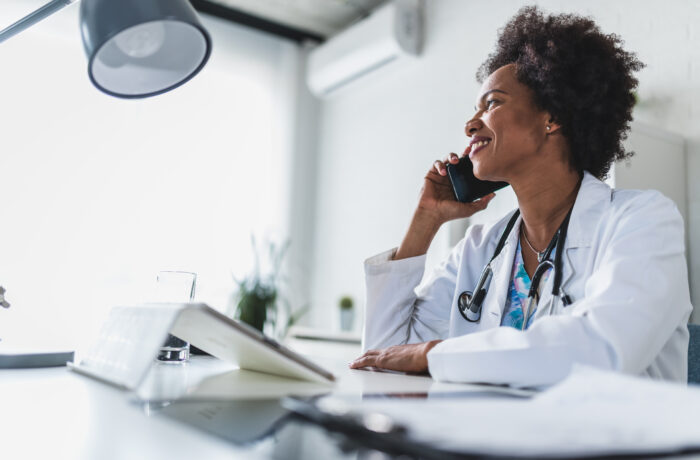Maxim VR revolutionizes Children and Young People’s Mental Health with Innovative Virtual Reality Product Launch
Posted on
Lisa Franke, Founder and CEO of Launchpad company Maxim VR, shares an overview of how their product is using virtual reality and artificial intelligence to create non-toxic spaces for children and young people with mental health issues. The platform is designed to improve mental health and well-being, offering access to personalised well-being exercises, creative therapy, ‘nature’, and simulated self-transcendent group VR experiences.

Maxim VR is launching its first Health Space this month; we would like to explore how Maxim VR can reduce feelings of anxiety in schools.
A few years ago, I left an abusive relationship with a newborn baby. I realised that as a parent, every decision we make (or don’t make) has a direct impact on the health and well-being of our children, their self-love, self-esteem and resilience. We can only hope that we build a strong enough foundation before our children are exposed to social media and all the harm that comes with “just being a child and teenager”.
This led to the creation of Maxim VR – a non-toxic Virtual Reality (VR) Space for children and young people. Maxim VR’s mission is to provide children and young people with the right mental health tools, given the alarming statistics in the UK alone: 10% of children aged five to 16 suffer from a clinically significant mental illness (1); one in five teenagers between 16 to 19 have a diagnosable mental health disorder (2); and one in seven children and young people under the age of 18 will have lived with domestic violence at some point in their childhood (3).
And the most alarming statistic is that 50% of all mental ill-health starts by age 14, and 75% by age 18. (4)
Creating a solution that meets the needs of users
Maxim VR team spent the last 18 months talking to healthcare professionals, school professionals, children, teenagers, and parents to understand why young people can’t or don’t have access to mental support. We quickly saw a common theme across these groups, – long waiting lists to access public healthcare, lack of trust in schools and health organizations, and preference for talking to another young person on the other side of the world.
On the other hand, parents and children and adolescent mental health services (CAMHS) (5) mentioned that they have a problem reaching and supporting children and young people before and after therapy.
Based on this research, we decided to use and apply emerging technologies such as virtual reality (VR) and artificial intelligence (AI) to reach children and young people and offer them a solution tailored to them.
Maxim is for children and teenagers between six and 19 years. The first product will be designed for young people aged over 14 who are feeling anxious. Users will be offered specific support, which can be accessed from home.
The private VR safe space of a child will replicate nature, sounds, and movements. Every avatar has a customisable hub and continued engagement with the platform gives access to more spaces and tools. Each Sub Space is designed to help with a certain outcome and to improve the user’s health and well-being. For example, to learn mindfulness, manage stress, and understand emotions. The results of the health exercises and how a user is feeling before and after are monitored to ensure positive results and evidence-based impact.
After carefully designing the first spaces over the last few months, our team of psychologists, game developers, and 3D artists are now developing the first Health Space focusing on anxiety by using environmental colours and breathing techniques to practice mindfulness. In the future, we will offer preventative solutions integrating AI and exercises for young people to cope with everyday problems, and who might need extra support.
Our vision for Maxim VR
Our goal is to improve the mental health and well-being of young people, to educate them, and give them access to support when needed. We see the opportunity to work directly with the national health care system, and local healthcare providers, but also with parents, schools and universities. Our ultimate goal is to work with primary care clinicians, giving them access to the technological and therapeutic features of the platform.
We are looking for partners at schools to help test how engaging with Maxim VR improves the health and well-being of teenagers. We are also interested in how the platform reduces anxiety in the long term and has positive impacts on school environments and local communities.
If you are interested in Maxim VR’s School Program, you can fill out a short survey to learn more and provide feedback; please fill out this short survey.
Your feedback is invaluable to us, and your input can help us shape our future work and develop more effective solutions to help young people. Contact: research@maxim-vr.com
References:
DigitalHealth.London is delighted to publish blogs by the NHS staff and digital health companies we support through our programmes, as well as sector thought-leaders, experts and academics. Any opinions expressed within blogs published on our website are those of the author and not necessarily held by DigitalHealth.London. For more information, or if you would like to write a blog for our website please email info@digitalHealth.london.
Maxim is on cohort 5 of the DigitalHealth.London Launchpad programme.
The DigitalHealth.London Launchpad is a collaborative programme funded by two of London’s Academic Health Science Networks – UCLPartners and the Health Innovation Network – MedCity, CW+ and receives match funding from the European Regional Development Fund.



